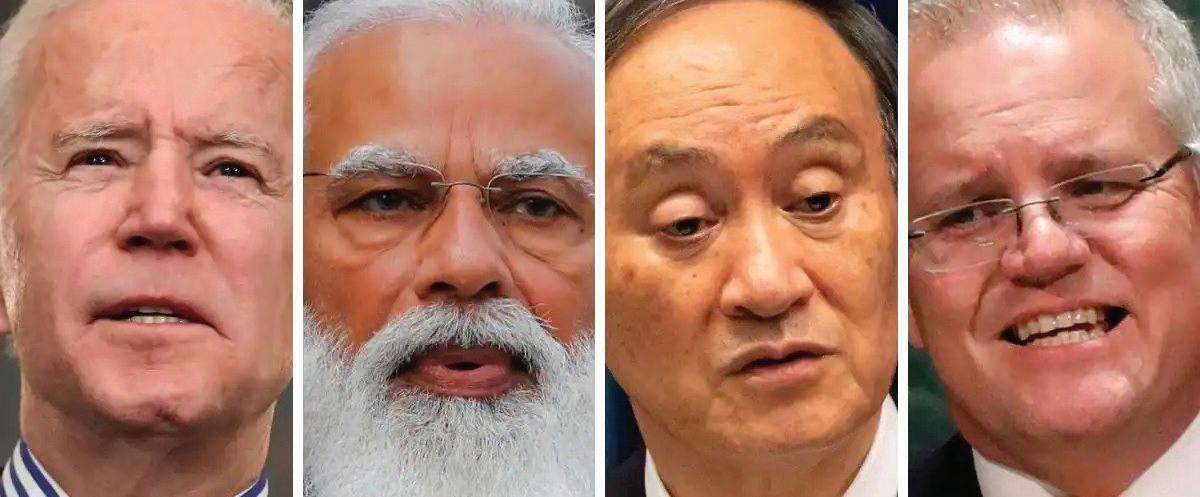
4 minute read
India’s leap towards space 4.0
After a long stretch of the 2020 pandemic with almost all space operations halted, ISRO opened its space calendar 2021 with the successful launch of PSLV C51 carrying Amazonia1 and 18 other satellites. This space program is a collaboration project between Brazil and India wherein the PSLV C51 rocket of India is carrying Amazonia-1, an optical Earth observation satellite designed by the National Institute for Space Research (INPE) in Brazil.
How is this a revolutionizing step for the Indian space program?
Advertisement
Though the highlight of the space program is the Brazilian satellite, however the launch did turn in some new chapters for Indian space sector as well. This mission is hailed as the first dedicated commercial mission of New Space India Limited (NSIL), a two-yearold commercial arm of the Government of India under the Department of Space. Some of the commercial satellites not designed by the ISRO instead developed by commercialised institutes and start-ups were ‘Anand’, ‘Satish Dhawan’ satellite and ‘UNITY sat’ which served as co-passengers in the launch. ‘Anand’ is built by Indian space start up, Pixxel, and 'Satish Dhawan Satellite' by Chennaibased Space Kidz India. ‘UNITY sat’ is a combination of three satellites designed and built as a joint development by Jeppiaar Institute of Technology, Sriperumpudur ( JITsat), G. H. Raisoni College of Engineering, Nagpur (GHRCEsat) and Sri Shakthi Institute of Engineering and Technology, Coimbatore (Sri Shakthi Sat).
As you may call it a coincidence or a well narrated plot this project clearly addresses the goal of the current government to allow private players in the space sector of India under its new Spacecom Policy 2020 which has been highly regarded as a paradigm shift from Space 3.0 to Space 4.0 for India. While Space 3.0 has been characterized by large government investments and public-public collaborations, Space 4.0 is a more democratized and accessible field with more public-private and privateprivate collaborations. This is expected to bring cost efficiency and operational efficiency in the various regular satellite operations which currently are becoming hurdles to ISRO's way for working on new projects. Hence by “outsourcing” these regular operations to private players can help ease out the burden faced by ISRO. The private players can participate in setting up of ground stations for space crafts which constitute 48% of the ISRO’s space sector budget and also in application of space technology which result in contribution to 45% of Indian space economy.
How private players can level up the game of the current Indian space sector?
India has been traditionally growing with a slow-paced space exploration with limited technology thus leaving out on several growth booster opportunities. Shifting responsibility of regular operating activities of ISRO to private sector can now open new doors for India to promote research and development in many unexplored areas. One such is Space power which can be regarded as the potential fourth arm of the country’s defence setup in the emerging future. With US, Russia and China already in pursuit of becoming a Space power, India will need to equip itself appropriately to meet emerging security and defence challenges. Another is space tourism which is one among several opportunities that Indian businesses may be keen to explore. This collaboration is also a keynote addressal of how Brazil clearly shifted to India’s PSLV C51 instead of China’s rocket. This shows how with the ongoing pandemic, lost consumer and investor confidence in China has begun the hunt for alternatives not just in in the business sector but now even in the space sector. It’s time for India to shift to the fast track in such times and gather opportunities like these to build upon its space technology.
As the world looks forward to India in the future, a strong base of private and public partnership in its space program is an utmost essential. However, the role of government isn’t limited to just the Space-com policy 2020. The government needs to promote such coplayers by also addressing the crucial issue of funding. The government must trust and support early-stage innovations in private startups through “adventure” capital, not just risk-averse venture capital. Setting up of “patient” capital is also important as lead times in such ventures are quite longer than usual. A level playing field for private players in not just development but also financing can promote to a 10% share of the global space economy in the next decade as estimated by data sources. The entire agenda of Space-com policy 2020 is a direct consequence of the ‘Atmanirbhar Bharat Abhiyan’. To achieve this, we need self-belief, and trust with bold policies coupled with determined actions, which can then help us certainly pole vault to a great new future, sooner rather than later.
Aditi Mittal is a Research Intern with the Institute for Australia- India Engagement
As a final year student of Indraprastha College for Women, University of Delhi pursuing B.A (Hons) in Economics, over the course of her study Aditi has developed a keen interest in analysing the financial markets and public policy discussions. She truly believes that the participation by today's youth is necessary for growth and development which has further compelled her to initiate founding projects on pivotal areas concerning our society like women's safety and global health.

By Aditi Mittal










